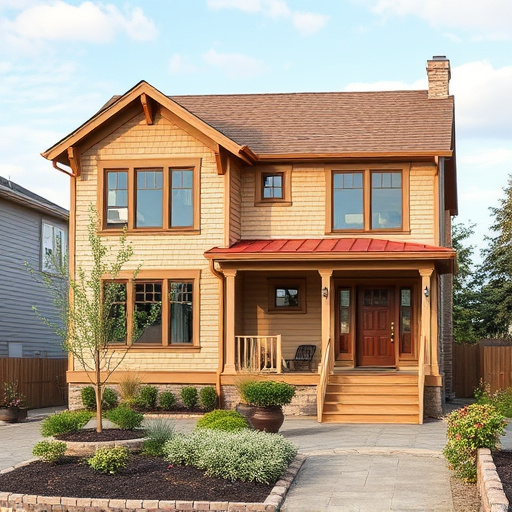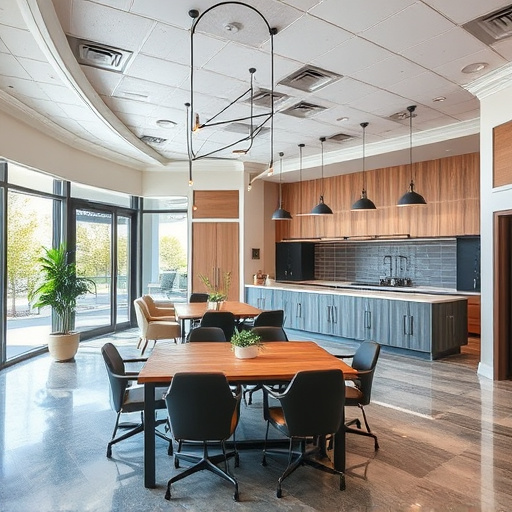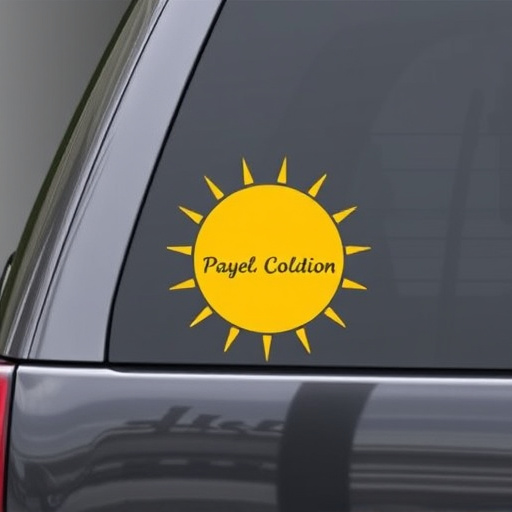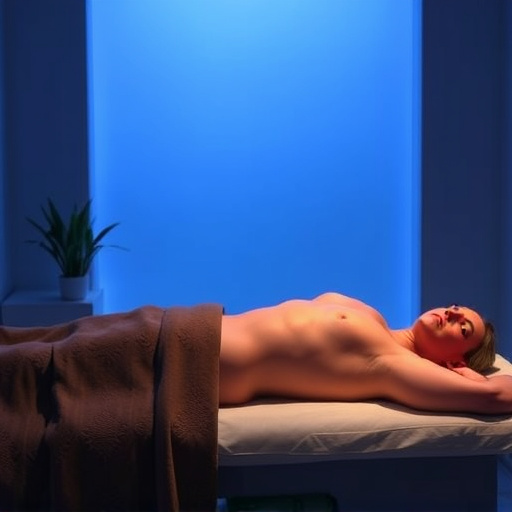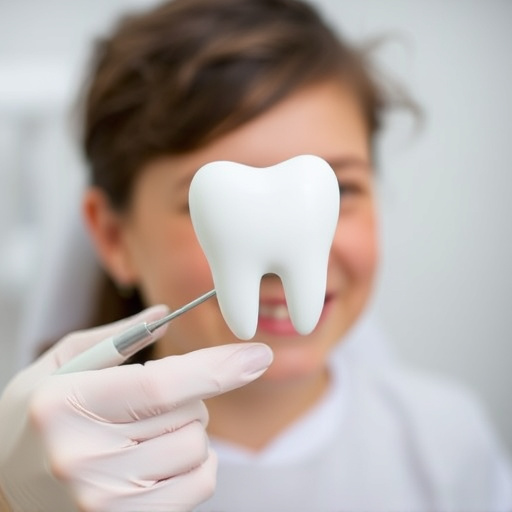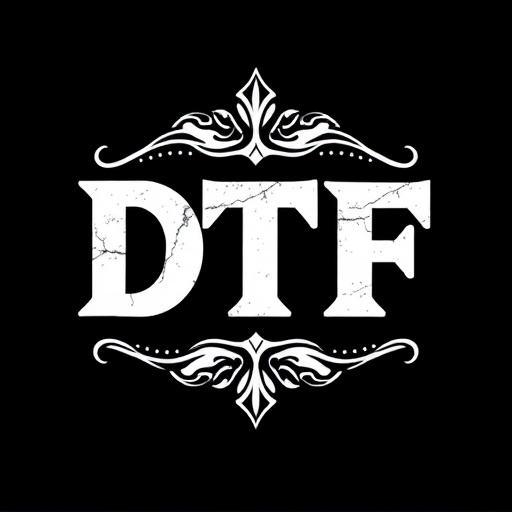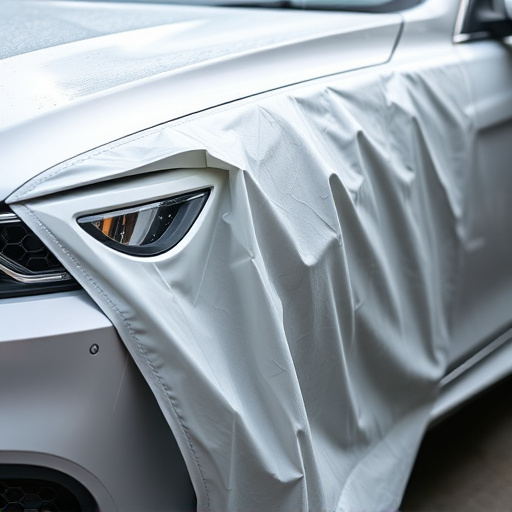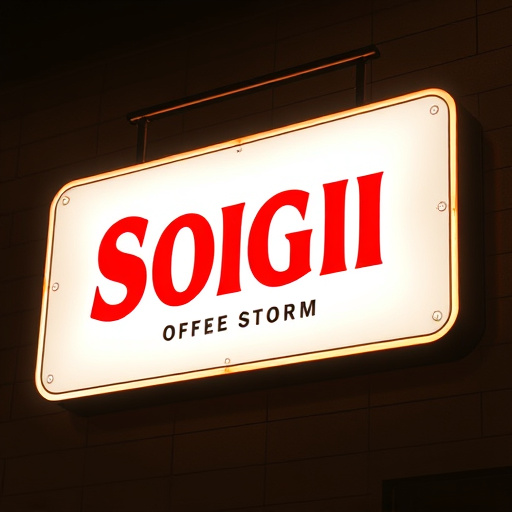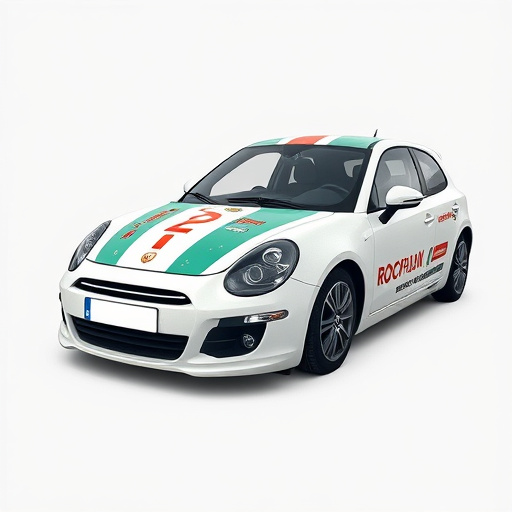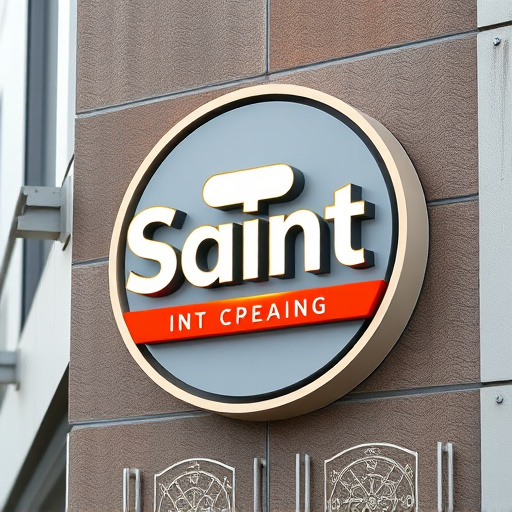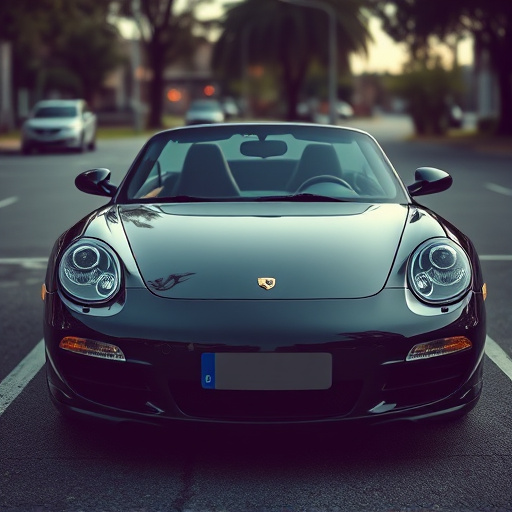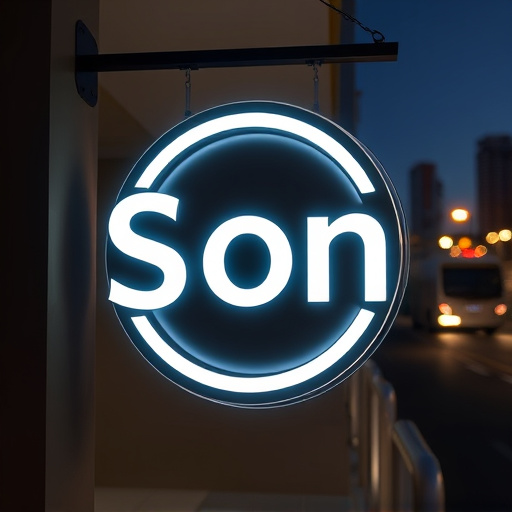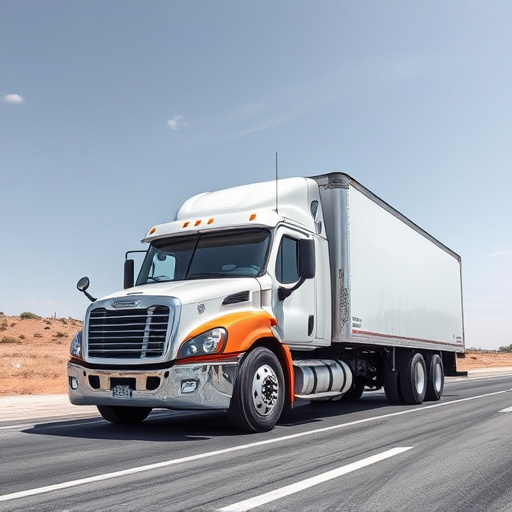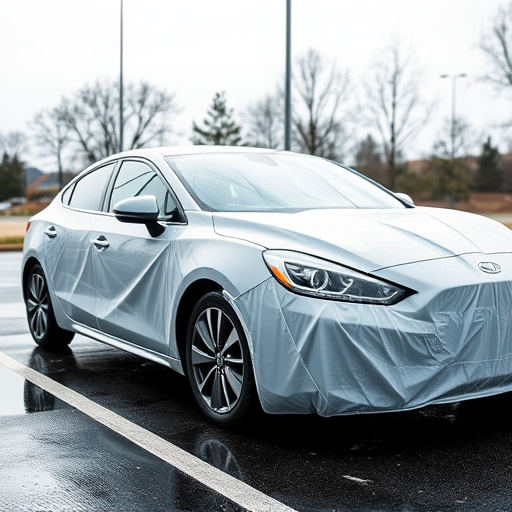Selecting the right gloss finish wraps involves balancing aesthetics and practicality. Lower gloss levels offer matte or satin finishes, preserving the car's look or enhancing textures, while higher gloss creates vibrant, reflective surfaces that amplify colors. Higher gloss improves heat rejection, ideal for warmer climates, while lower gloss provides better protection against stone chips and scratches. Choosing depends on personal preference, desired visual impact, and protective benefits, with surface preparation and application technique crucial for optimal results. Consider UV protection for long-lasting enhancement.
Choosing the right gloss level for your vehicle wrap is crucial for achieving a stunning, professional look. This article delves into the science behind gloss finishes, guiding you through the selection process. We explore how surface conditions and application techniques influence the final result, offering best practices to ensure optimal performance. Understanding gloss levels is key to enhancing your vehicle’s appeal with durable, eye-catching wraps—a must-read for enthusiasts investing in car graphics.
- Understanding Gloss Level: The Impact on Vehicle Wrap Appearance
- Factors Influencing the Choice: Surface Conditions and Application Techniques
- Best Practices: Selecting the Ideal Gloss Finish for Optimal Results
Understanding Gloss Level: The Impact on Vehicle Wrap Appearance
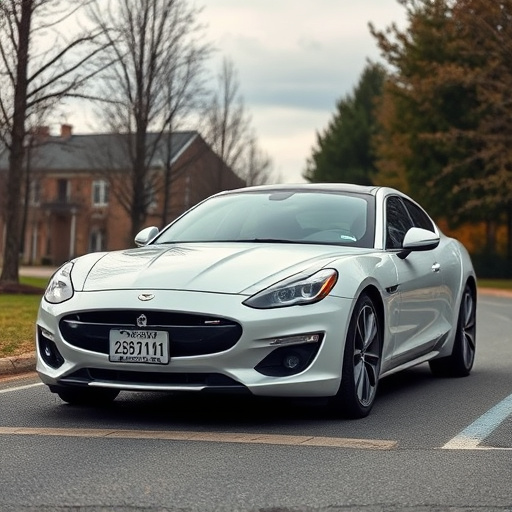
When considering a vehicle wrap, understanding the impact of gloss level on your desired appearance is crucial. Gloss finish wraps range from low to high, each offering a distinct visual effect. Lower gloss levels provide a matte or satin finish, highlighting the texture of the underlying paint and giving a more subtle look. This can be ideal for those seeking to maintain a stock vehicle appearance or prefer a less reflective surface. Conversely, higher gloss levels create a shiny, reflective surface that intensifies colors and patterns, making designs pop. Such wraps are popular among those aiming for a bold, eye-catching aesthetic.
The choice largely depends on personal preference and the overall look you wish to achieve. However, it’s also essential to consider practical factors. For instance, higher gloss levels can enhance heat rejection capabilities, similar to ceramic window tinting, by reducing light absorption. This can be beneficial in warmer climates or for vehicles frequently exposed to direct sunlight. Conversely, lower gloss wraps may offer some protection against stone chips and minor scratches due to their slightly textured surface, contributing to vehicle protection.
Factors Influencing the Choice: Surface Conditions and Application Techniques
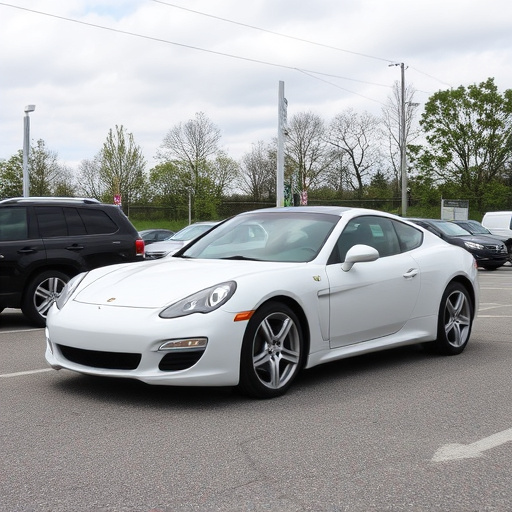
The choice of gloss finish wraps for your vehicle depends heavily on the surface conditions and application techniques employed. Before wrapping, it’s crucial to assess the paint condition of your car. A smooth, clean, and well-prepared surface is ideal for achieving a flawless, high-gloss finish. Any imperfections like scratches, swirls, or an uneven base coat will become more noticeable with this type of wrap.
Automotive detailing professionals often recommend gloss wraps as a top layer of protection, but the application method plays a significant role. Techniques such as professional PPF (Paint Protection Film) installation ensure optimal results by creating a seamless, durable barrier that not only enhances the vehicle’s aesthetics but also offers superior protection against environmental damage. The expertise of the installer is key to achieving a glossy finish that reflects light beautifully, revealing a vibrant and protected automotive surface.
Best Practices: Selecting the Ideal Gloss Finish for Optimal Results
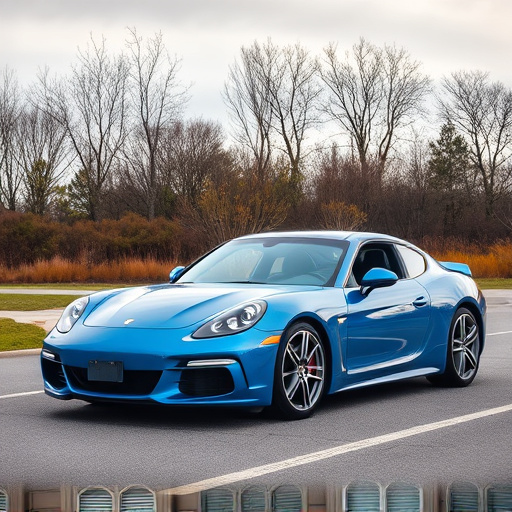
When choosing a gloss finish for your vehicle wrap, it’s crucial to understand that different levels of gloss offer unique visual effects and levels of protection. For optimal results, aim for a finish that complements your vehicle’s curves and overall aesthetic while providing adequate vehicle protection.
The ideal gloss level depends on several factors, including the type of wrap material, the desired visual impact, and the conditions to which the vehicle will be exposed. High-gloss finishes create a vibrant, shiny surface, reflecting light dramatically and enhancing the overall look of your vehicle. However, they are more susceptible to fingerprints, scratches, and UV damage. Medium-gloss offers a balance between sparkle and durability, while low-gloss wraps provide a subtle, matte finish that’s easier to maintain but may not stand out as much. Consider the vehicle enhancement you seek and incorporate UV protection into your decision to ensure long-lasting results.
Choosing the right gloss level for your vehicle wrap is key to achieving a stunning, long-lasting result. By understanding the impact of gloss on appearance and considering factors like surface conditions and application techniques, you can select the ideal gloss finish for your needs. Whether you’re aiming for a high-gloss shine or a more subtle luster, adhering to best practices will ensure optimal results and make your vehicle wrap stand out from the crowd.
